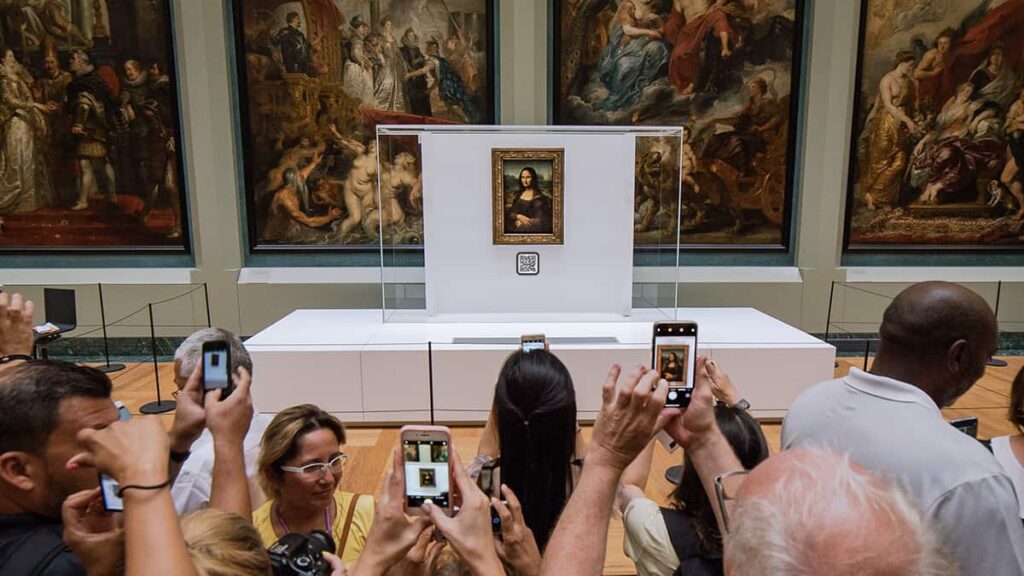Museums and art exhibitions are places of immense knowledge and creativity, and they offer a unique opportunity for visitors to learn about the world’s history, art, and culture. One of the most exciting and innovative ways to enhance the visitor experience in museums and art exhibitions is by using QR codes. QR codes can provide visitors with instant access to additional information, multimedia content, and interactive experiences related to the exhibits. In this article, we will explore how museums and art exhibitions can use QR codes effectively.
Step 1: Decide on the Content
The first step in using QR codes in museums and art exhibitions is to decide on the content that will be linked to the codes. The content should be relevant, informative, and engaging, and should enhance the visitor’s experience of the exhibit. The content can include text, images, videos, audio, and interactive experiences, such as quizzes, games, and augmented reality. The content can be created in-house by the museum or art exhibition staff, or it can be outsourced to a professional content provider.
Step 2: Create the QR Codes
Once the content has been decided upon, the next step is to create the QR codes. There are many free and paid QR code generators available online that can be used to create the codes. The QR codes should be clear, easy to scan, and should be placed in strategic locations near the exhibits. The codes can be printed on labels, signs, brochures, or even on the exhibit itself.
Step 3: Test the QR Codes
Before implementing the QR codes, it is essential to test them to ensure they are working correctly. Visitors may become frustrated if the codes are not scanning correctly, or if the content is not loading correctly. Testing the codes can also help to identify any technical issues or glitches that may need to be resolved before the exhibit opens to the public.

Step 4: Promote the QR Codes
Once the QR codes are ready to be implemented, the next step is to promote them to the visitors. The QR codes should be prominently displayed near the exhibits, and the visitors should be informed about the codes and the content they can access. This can be done through brochures, signs, audio guides, or through social media channels.
Step 5: Monitor and Analyze the Data
Finally, it is essential to monitor and analyze the data collected from the QR codes. The data can include the number of scans, the time spent on each page, and the content that is most popular with the visitors. This data can be used to improve the visitor experience, identify areas that need improvement, and make informed decisions about future exhibits.
Benefits of Using QR Codes in Museums and Art Exhibitions
Using QR codes in museums and art exhibitions offers many benefits to both the visitors and the museum staff. Some of the benefits include:
- Enhanced Visitor Experience: QR codes provide visitors with instant access to additional information and multimedia content related to the exhibits. This can enhance the visitor’s experience and provide them with a deeper understanding of the exhibits.
- Increased Engagement: QR codes can be used to provide interactive experiences, such as quizzes, games, and augmented reality. This can increase visitor engagement and make the exhibit more memorable.
- Cost-Effective: QR codes are a cost-effective way to provide additional information and multimedia content to the visitors. They eliminate the need for printed brochures, guides, and labels, which can save the museum staff time and money.
- Real-Time Updates: QR codes can be updated in real-time, which means that the content can be updated quickly and easily without the need for reprinting materials. This ensures that the visitors always have access to the most up-to-date information.
Schedule A Live Demo
Have a member of the 42Kites team walk you through a live demo over Zoom. Enter your contact information below and we'll set up a time that works for you.
